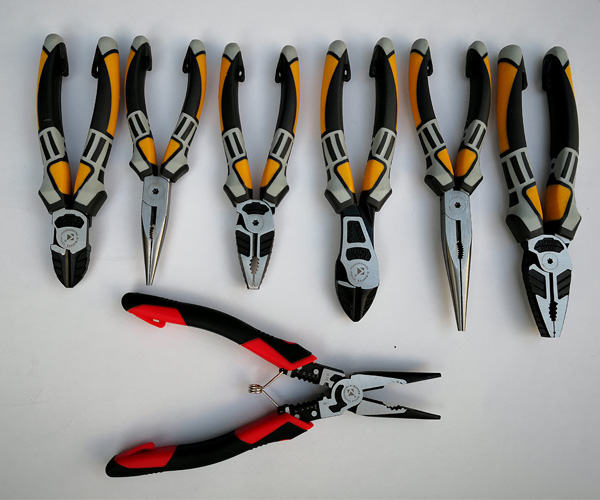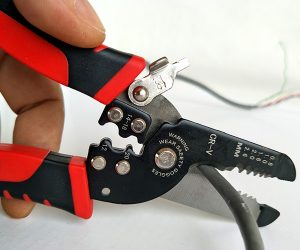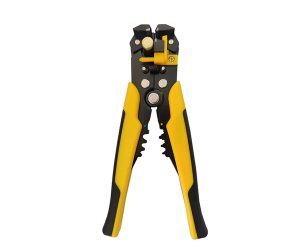Introduction
Selecting the ideal country for sourcing hand tools is a critical decision for businesses aiming to balance quality, cost, and reliability. With numerous nations excelling in manufacturing, determining the best option can be challenging. This article delves into the strengths and specialties of leading hand tool manufacturing countries, providing insights to guide informed choices.
Overview of the Global Hand Tool Manufacturing Industry
The hand tool manufacturing industry has evolved significantly over the years, adapting to technological advancements and shifting market demands. Historically, craftsmanship was the cornerstone of tool production, with artisans meticulously crafting each piece. Today, while traditional methods still hold value, mass production and automation have become prevalent, allowing for higher output and consistency. The global market is dominated by several key players, including China, the United States, Germany, Japan, and South Korea. These countries have established themselves through a combination of innovation, quality, and efficient production processes. The industry’s current landscape is characterized by a blend of established manufacturers and emerging players, each contributing to the diverse array of tools available in the market.
Key Factors in Evaluating Manufacturing Excellence
When assessing the excellence of hand tool manufacturing, several critical factors come into play. Quality standards are paramount; tools must exhibit precision, durability, and be crafted from high-grade materials to ensure longevity and performance. Cost efficiency is another vital consideration, as businesses seek to balance production expenses with the final product’s quality, aiming for affordability without compromising standards. Technological advancements have revolutionized manufacturing, with the integration of automation, CNC machining, and innovative design processes enhancing both efficiency and product quality. Supply chain reliability ensures that production schedules are met, and products are delivered timely, maintaining the trust and satisfaction of clients and end-users.
China’s Dominance in Hand Tool Production
China has emerged as a global leader in hand tool manufacturing, leveraging its vast production capacity and cost advantages. The country’s extensive industrial infrastructure allows for large-scale production, meeting both domestic and international demands. Chinese manufacturers offer competitive pricing, primarily due to economies of scale and efficient production methodologies. However, the market presents a wide spectrum of quality, ranging from economical, lower-end tools to premium, high-quality products. Notable manufacturers such as TOPTUL have gained international recognition for their comprehensive tool ranges and commitment to quality. China’s flexibility in customization and ability to cater to diverse market needs further solidify its dominant position in the industry.
Germany’s Reputation for Precision Engineering
Germany is renowned for its precision engineering and meticulous attention to detail in manufacturing. The country’s engineering excellence is evident in the design and production of hand tools that emphasize accuracy, durability, and ergonomic design. Renowned brands like Wera and Knipex exemplify Germany’s commitment to quality, offering tools that are highly regarded by professionals worldwide. The global market perceives German-made tools as benchmarks of quality and reliability, often commanding a premium price due to their superior craftsmanship and performance. Germany’s focus on continuous innovation and adherence to stringent quality standards reinforces its esteemed reputation in the hand tool industry.
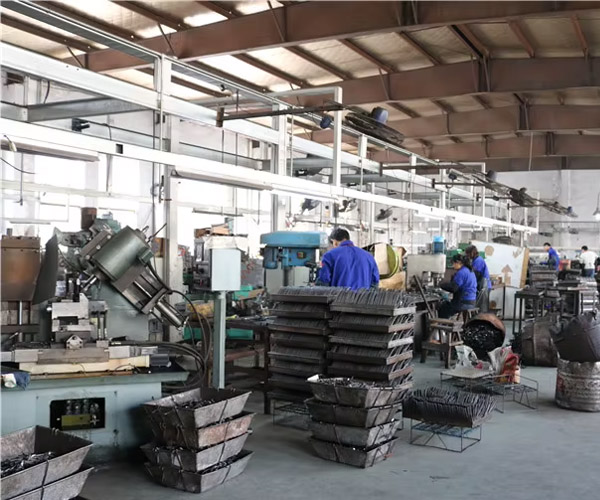
The United States: Balancing Tradition and Innovation
The United States boasts a rich history in hand tool manufacturing, with a legacy of producing durable and reliable tools. Historically, American manufacturers set high standards in tool design and functionality. In contemporary times, there has been a significant shift towards integrating modern technologies, such as advanced materials and ergonomic designs, to enhance tool performance and user comfort. Leading brands like Stanley Black & Decker and Snap-On have maintained their prominence by balancing traditional manufacturing strengths with innovative approaches. The U.S. market continues to value tools that offer both durability and cutting-edge features, catering to a diverse range of professional and DIY users.
Japan’s Niche in Specialized Hand Tools
Japan has carved a niche in the hand tool industry, particularly excelling in specialized tools for sectors like automotive and woodworking. The country’s emphasis on craftsmanship and quality results in tools that are meticulously designed and built to last. Japanese tools are known for their precision, making them highly sought after by professionals who require exacting performance. Manufacturers such as Makita and Tajima exemplify Japan’s dedication to producing specialized tools that meet specific industry needs. The focus on continuous improvement and innovation ensures that Japanese tools remain competitive in the global market, appealing to users who prioritize quality and precision.
South Korea’s Emerging Hand Tool Industry
South Korea’s hand tool industry has been on an upward trajectory, marked by significant growth and development. The country’s manufacturing sector has seen substantial advancements, with a focus on adopting modern technologies and improving production processes. South Korean manufacturers have developed a competitive edge through their commitment to quality and innovation, producing tools that meet international standards. Noteworthy companies like Toptul have gained recognition for their high-quality products and expanding global presence. The emphasis on research and development, coupled with strategic market expansion, positions South Korea as an emerging player in the hand tool manufacturing landscape.
Taiwan’s Role in OEM Hand Tool Production
Taiwan has established itself as a key player in Original Equipment Manufacturing (OEM) for hand tools, producing equipment for numerous global brands. The country’s expertise in OEM production is supported by a robust manufacturing infrastructure and a skilled workforce. Taiwanese manufacturers uphold stringent quality assurance standards, ensuring that the tools produced meet the specifications and expectations of international clients. Prominent manufacturers such as TOPTUL have built reputations for reliability and quality, making Taiwan a preferred destination for companies seeking dependable OEM partnerships. The focus on precision manufacturing and adherence to client requirements underscores Taiwan’s significant role in the global hand tool industry.
India’s Growing Hand Tool Manufacturing Sector
India’s hand tool manufacturing sector has experienced notable growth, driven by factors such as increasing domestic demand and expanding export opportunities. The industry has been expanding, with investments in modernizing production facilities and enhancing product quality. Indian manufacturers strive to balance cost and quality, offering tools that are both affordable and reliable. Key players in the Indian market have been making strides in improving manufacturing processes and product offerings to meet international standards. The combination of a large labor force and a focus on skill development positions India as a growing contributor to the global hand tool manufacturing sector.
Italy’s Artisan Approach to Hand Tool Crafting
Italy is renowned for its artisanal heritage, bringing a unique approach to hand tool manufacturing. The country’s tradition of craftsmanship is evident in tools that emphasize both design and functionality. Italian manufacturers focus on creating tools that are not only effective but also aesthetically pleasing, reflecting a blend of form and function. Notable brands have gained recognition for their commitment to quality and innovative designs. The emphasis on artisanal methods and attention to detail distinguishes Italian hand tools in the global market, appealing to users who appreciate craftsmanship and design excellence.
Evaluating Environmental and Ethical Manufacturing Practices
In today’s market, environmental and ethical considerations have become increasingly important in manufacturing decisions. Sustainable production practices, such as reducing carbon footprints and minimizing waste, are gaining prominence. Ensuring fair labor practices and ethical sourcing of materials are also critical factors. Certifications and compliance with international standards serve as indicators of a manufacturer’s commitment to these principles. Companies that prioritize environmental stewardship and ethical practices not only contribute positively to society but also enhance their reputation and appeal among conscientious consumers.
Impact of Trade Policies and Tariffs on Hand Tool Sourcing
Trade policies and tariffs significantly influence decisions related to sourcing hand tools. Global trade dynamics, including tariffs, trade agreements, and import/export regulations, can affect the cost and availability of tools from different countries. Businesses must navigate these complexities to develop effective sourcing strategies. Adapting to changing trade landscapes requires staying informed about policy shifts and assessing their potential impact on supply chains. Strategic
Future Trends in Hand Tool Manufacturing
The hand tool manufacturing industry is poised for significant transformations driven by technological advancements, evolving consumer preferences, and a growing emphasis on sustainability. One notable trend is the integration of automation and robotics into production processes. By adopting these technologies, manufacturers can enhance precision, reduce labor costs, and increase production efficiency. This shift not only streamlines operations but also ensures consistent product quality, meeting the high standards expected by today’s consumers.
Another emerging trend is the development and utilization of advanced materials. The incorporation of lightweight yet durable materials, such as carbon fiber composites and advanced alloys, is revolutionizing hand tool design. These materials offer superior strength and longevity, making tools more efficient and user-friendly. Additionally, the focus on ergonomic designs is gaining momentum, with manufacturers striving to create tools that reduce user fatigue and improve overall functionality.
Sustainability has become a central concern in the industry. Consumers are increasingly seeking eco-friendly products, prompting manufacturers to adopt sustainable practices. This includes using recycled or environmentally friendly materials, reducing waste in production, and implementing energy-efficient processes. Companies that prioritize sustainability not only contribute positively to the environment but also enhance their brand reputation and appeal to a growing segment of environmentally conscious consumers.
The rise of digital platforms is also influencing the hand tool market. E-commerce channels have expanded, providing consumers with easy access to a wide range of products. This shift has been accelerated by the global pandemic, which highlighted the convenience and safety of online shopping. Manufacturers are now focusing on strengthening their online presence, offering detailed product information, virtual demonstrations, and responsive customer service to meet the expectations of the digital consumer.
In summary, the future of hand tool manufacturing is being shaped by technological innovation, sustainable practices, and the digitalization of sales channels. Manufacturers that embrace these trends are well-positioned to meet the evolving demands of the market and achieve long-term success.
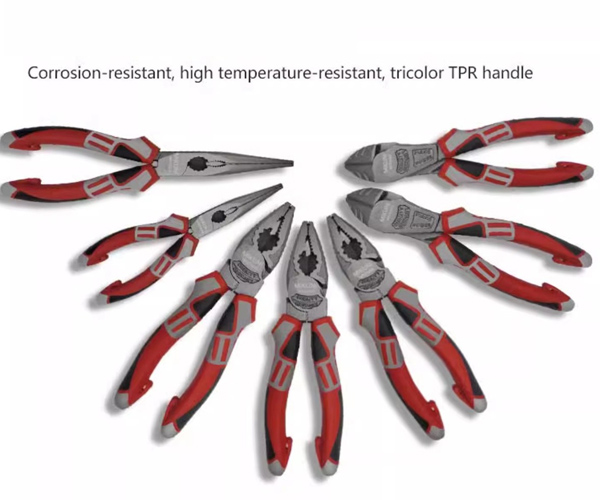
Conclusion: Determining the Optimal Country for Hand Tool Manufacturing
Selecting the ideal country for hand tool manufacturing involves a comprehensive evaluation of various factors, including quality standards, cost efficiency, technological capabilities, and ethical practices. Countries like China offer significant cost advantages and large-scale production capacities, making them suitable for mass-market tools. In contrast, nations such as Germany and Japan are renowned for their precision engineering and high-quality outputs, catering to markets that prioritize excellence over cost.
Emerging players like South Korea and India are rapidly advancing, offering competitive alternatives with improving quality and innovation. Additionally, considerations such as environmental regulations, labor practices, and trade policies play crucial roles in the decision-making process.
Ultimately, the optimal choice depends on the specific needs and priorities of the business, whether they align more with cost-effectiveness, superior quality, technological innovation, or ethical manufacturing practices. A thorough assessment of these factors will guide businesses in making informed decisions that align with their strategic objectives.
FAQ
- What factors should I prioritize when selecting a country for hand tool sourcing? When choosing a country for hand tool sourcing, consider factors such as quality standards, production costs, technological capabilities, supply chain reliability, environmental and ethical practices, and trade policies. Align these factors with your business priorities to make an informed decision.
- How do labor practices vary across major hand tool manufacturing countries? Labor practices can vary significantly. For instance, countries like Germany and Japan have stringent labor laws ensuring fair wages and safe working conditions. In contrast, some developing nations may have less stringent regulations. It’s essential to assess labor practices to ensure they align with your company’s ethical standards.
- Which countries offer the best balance between cost and quality in hand tool production? China provides a favorable balance between cost and quality, offering a wide range from economical to premium products. Taiwan and South Korea are also emerging as competitive options, delivering quality products at reasonable prices.
- How do trade policies affect the import of hand tools from different countries? Trade policies, including tariffs, trade agreements, and import/export regulations, can significantly impact the cost and feasibility of importing hand tools. It’s crucial to stay informed about current trade policies and consider their potential effects on your sourcing strategy.
- What are the emerging trends in the global hand tool manufacturing industry? Key emerging trends include the integration of automation and robotics in manufacturing, the use of advanced and sustainable materials, a focus on ergonomic and user-friendly designs, and the expansion of digital sales channels. These trends aim to enhance product quality, meet consumer demands, and promote sustainability in the industry.
As a leading manufacturer of high-quality pliers and hand tools, we specialize in creating customized tools tailored to your brand’s unique specifications. Our expertise ensures that each tool not only meets industry standards but also reflects your brand’s identity and commitment to excellence.
We understand the importance of having tools that resonate with your target audience. By partnering with us, you can expand your product line with bespoke hand tools that enhance your brand’s reputation and meet the specific needs of your customers.
Our team is ready to collaborate with you to design and manufacture tools that align with your vision. Whether you’re looking to modify existing designs or create entirely new tools, we have the capabilities to bring your ideas to life.
Contact us today to discuss how we can assist in developing customized hand tools that elevate your brand and satisfy your customers’ demands.

